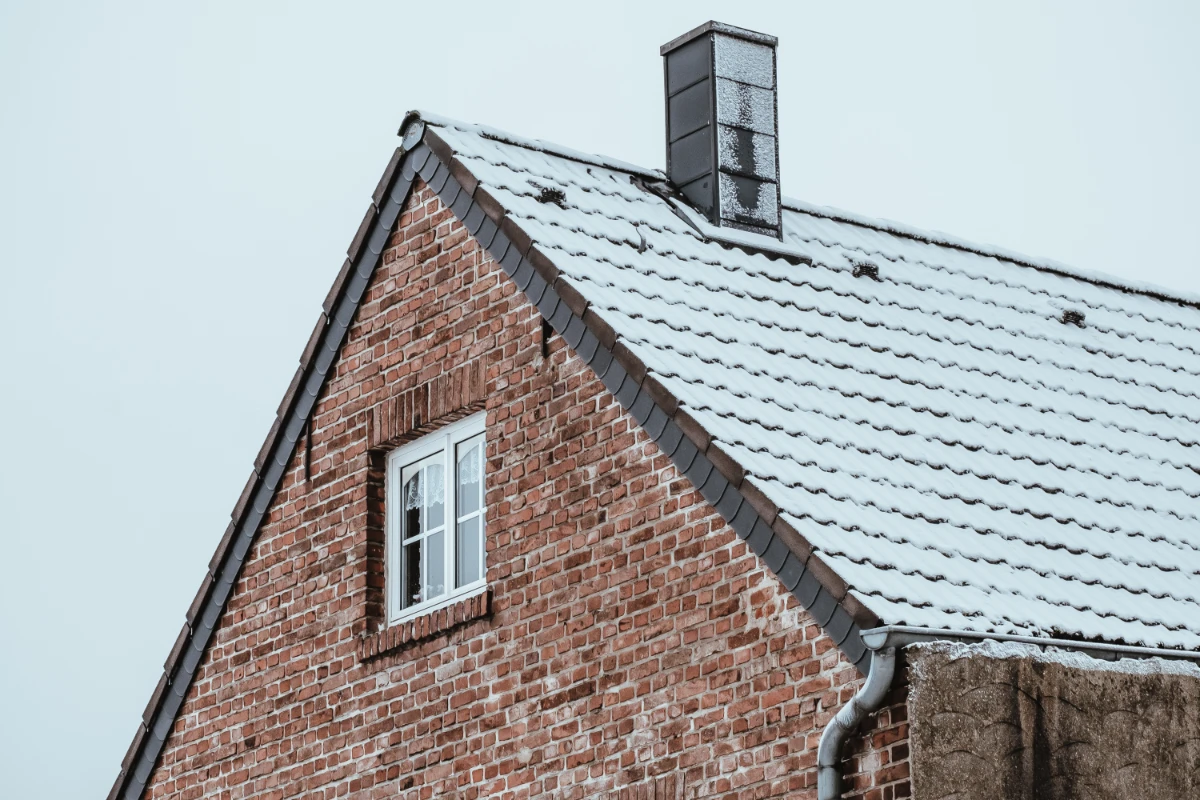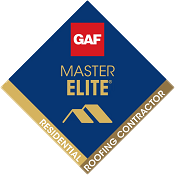A well-maintained roof is crucial to the safety and longevity of your home. Shingles, in particular, have been a popular choice for residential roofing for centuries due to their durability, affordability, and ease of installation, according to HGTV.
With the advancement of roofing technology, homeowners now have a wide range of shingle roofing materials to choose from, each with its own unique characteristics and price point. Understanding the pros and cons of each shingle type is essential for making an informed decision that suits your budget and needs.
Roofing Cost Factors

A new roof can be a substantial investment, and there are a number of factors that go into the upfront shingle roof costs:
- Materials: The materials used in a new roof installation make up a significant portion of the total cost. This category doesn’t just encompass the shingles themselves but also includes underlayment, flashing, and various other components necessary for a robust roofing system.
- Shingles: Shingles are the most visible part of the roof, and their cost varies significantly based on the type chosen. Asphalt shingles are usually the most affordable, costing around $1 to $5 per square foot. Wood and metal shingles are more expensive, ranging from $4 to $8 and $5 to $14 per square foot respectively, affecting overall shingle roof costs.
- Underlayment: Underlayment is a protective layer placed beneath the shingles to guard against water infiltration. Costs for this material depend on the type used, with synthetic underlayment generally being more costly than felt.
- Flashing: Flashing is installed around roof protrusions like chimneys and vents to prevent leaks. The cost of flashing depends on the material used and the complexity of the installation.
- Removal of Old Roof – The process of removing the old roof is an additional expense in the overall cost of a new roof. This is because it requires labor to take off the existing roof materials and dispose of them properly. Depending on the complexity and size of the roof, and the type of shingles being removed, this can be a time-intensive and therefore costly process. Additionally, in some areas, there may be fees associated with disposing of the old roofing materials, particularly if they contain substances that need special handling.
- Labor: Labor costs are dependent on a number of variables. First and foremost, the complexity and size of the roof will play a major role. The geographical location also impacts labor costs as rates can vary significantly from region to region, based on local cost of living and supply and demand for skilled labor. Additionally, the contractor’s level of experience and reputation can also factor into labor costs, with more experienced and highly rated contractors typically charging more for their services.
- Size and Complexity of the Roof: The dimensions and design of your roof have a direct impact on the cost of roofing materials and labor. Larger roofs naturally require more materials, leading to a higher overall cost. Similarly, complex designs with multiple levels, sharp angles, or unique architectural features can increase both the material and labor costs. For instance, roofs with multiple slopes or gables require more shingles and more intricate work during installation. Special features like skylights or chimneys also add complexity and may require custom work or additional materials, thereby adding to the overall cost.

Beyond the upfront cost for a new roof installation, homeowners should also factor in the expected lifespan of the roof and the expectations for ongoing maintenance. Doing so allows for a better apples-to-apples comparison of the total lifetime cost of a roof.
For instance, a roof with a significantly longer lifespan that requires minimal maintenance might cost more upfront. However, it could turn out to be less expensive in the long run when you factor in the cost of replacing a less costly alternative two or three times over the lifespan, plus the associated maintenance and repair costs.
Asphalt Shingles: The Most Common Choice
Asphalt shingles remain the most common type of shingle roof due to their affordability and ease of installation. They are composed of fiberglass or cellulose mats impregnated with asphalt, making them resistant to water, wind, and fire. Asphalt shingles come in various styles, including:
- 3-tab shingles: The most basic and affordable option, offering a traditional appearance.
- Architectural shingles: A more dimensional and aesthetically pleasing choice, providing a thicker, more layered look.
- Designer shingles: The most premium asphalt shingle option, offering a variety of textures and colors to enhance curb appeal.
Asphalt shingles tend to be among the lowest-cost alternatives for residential roofs. However, the cost can vary considerably between the plain 3-tab shingles and the premium designer shingles. Their lifespan varies depending on the style and quality, with 3-tab shingles lasting around 20-25 years, architectural shingles lasting 30-40 years, and designer shingles lasting up to 50 years.
Maintenance requirements are relatively low, with occasional inspections and cleaning being sufficient.
Metal Shingles: Durable and Long-Lasting
Metal shingles offer superior durability and longevity compared to asphalt shingles. They are typically made from aluminum, steel, or copper and can withstand harsh weather conditions, including high winds, hail, and snow. Metal shingles are also fire-resistant and can reflect heat, reducing energy costs. Metal shingles come in a variety of styles and colors to match different architectural styles.
They are typically more expensive than asphalt shingles. However, their extended lifespan, typically 50-100 years, can offset the initial cost over time. Maintenance requirements for metal shingles are minimal, involving occasional inspections and cleaning.

Solar Shingles: Generating Energy from Your Roof
Solar shingles are a revolutionary technology that combines roofing with solar power generation. These shingles are integrated with photovoltaic cells that convert sunlight into electricity, providing a renewable energy source for your home. Solar shingles are a more expensive option, but their long lifespan and energy-saving benefits can make them a worthwhile investment.
Solar shingles are typically made from high-efficiency solar cells embedded in a durable roofing material, such as asphalt or metal. They are designed to blend seamlessly with traditional roofing styles, maintaining the aesthetic appeal of your home. Maintenance requirements are similar to other types of shingles, involving occasional inspections and cleaning.
Other Shingle Options: Clay, Slate, Wood, and Concrete
While asphalt and metal shingles are the most common choices, there are other shingle materials available, each with its own unique characteristics and aesthetic appeal.
- Clay and slate shingles: These natural stone shingles offer exceptional durability and longevity, lasting up to 100 years or more. However, they are also the most expensive option. Their heavy weight requires a structurally sound roof system.
- Wood shingles and shakes: These natural wood shingles offer a rustic and charming aesthetic. They are typically made from cedar or redwood, providing a natural resistance to insects and decay. However, wood shingles are more susceptible to fire and require regular maintenance to prevent moisture damage.
- Concrete tile shingles: These durable shingles are made from concrete and offer a long lifespan, typically lasting up to 50 years. They are also fire-resistant and can withstand harsh weather conditions. However, concrete tile shingles are heavy and require a structurally sound roof system.
Choosing the Right Shingle for Your Home
The choice of shingle material depends on various factors, including your budget, desired aesthetic, and local climate. When making your decision, consider consulting with the best roofing company in Florida and Georgia – Stronghold Roofing & Solar.
From Lakeland to Sarasota in Florida and southern Georgia, our team of experienced roofers can provide whatever roofing services you need.
FAQ’s – Shingle Roof Costs
Your choice of shingle material should be based on your budget, desired aesthetic, and local climate. Consult with a professional roofing company to determine the best option for your specific needs.
The lifespan of shingles varies depending on the material and quality. Asphalt shingles typically last 20-50 years, metal shingles last 50-100 years, and clay/slate shingles can last up to 100 years or more.
Solar shingles have similar maintenance requirements to other types of shingles, involving occasional inspections and cleaning. However, if any issues arise with the solar panel function, specialized maintenance may be required.
In some cases, it is possible to install new shingles over old ones. However, it is generally recommended to remove the old shingles first to ensure proper installation and avoid potential issues in the future. Consult with a professional roofing company for their recommendation based on your specific roof structure.










